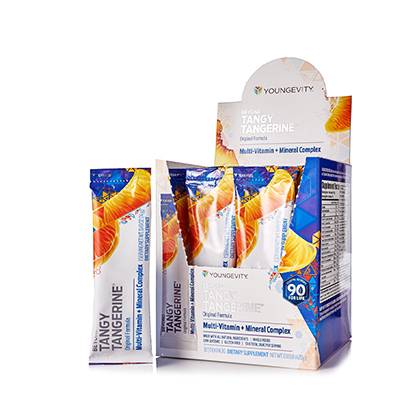Blog Archives
Marvelous mangosteen!
Wonder fruit: Mangosteen
Times of India
2012 February 14
 No, this isn’t some exotic variety of mango. Native to Indonesia, Mangosteen is sweet and tangy, juicy, and somewhat fibrous, with an inedible, reddish purple rind.
No, this isn’t some exotic variety of mango. Native to Indonesia, Mangosteen is sweet and tangy, juicy, and somewhat fibrous, with an inedible, reddish purple rind.
Researchers often call it a wonder fruit due to its innumerable healing properties…
– Mangosteen contains more than 40 biologically-active, natural chemical compounds called Xanthones – powerful antioxidants and immune system boosters. Alpha-mangosteen, for example, is a very potent antioxidant. Gamma-mangosteen is a powerful anti-inflammatory. Garcinone E is a strong anti-tumour agent.
– Scientists have found that the fruit is helpful in preventing and possibly even stopping a wide range of diseases like diabetes, heart disease, Alzheimer’s disease, and other chronic diseases.
– Mangosteen also contains Polysaccharides. This is a highly potent anti-cancer and anti-bacterial plant compound. They help block a mutated cell’s ability to stick to healthy cells to help stop the spread of cancer, and are specially effective against intracellular bacteria.
Mushrooms are superfoods
The “Antioxidant Superstar” Chinese People Eat Daily
Dr. Mercola
Mercola.com
2011 November 16
 Steve Farrar has a Masters Degree in Horticulture from the Washington State University and has worked and studied mushrooms professionally for the last 30 years.
Steve Farrar has a Masters Degree in Horticulture from the Washington State University and has worked and studied mushrooms professionally for the last 30 years.
The first 20 years he spent growing them and working primarily with gourmet chefs, but in the past decade, he’s started applying his expertise of mushrooms to health purposes.
According to Farrar, Americans consume about 900 million pounds of mushrooms a year, but 95 percent of that just one species: the common button mushroom and its relatives, the Crimini and the Portabello mushrooms.
In more recent years, mushrooms have received a lot of attention, both in gourmet cooking and in the pharmaceutical industry.
As you will soon learn, mushrooms are a largely untapped resource that can help increase your health and well-being.
The Unique Nutritional Properties of Mushrooms
“Mushrooms are defined as a fungus that forms a fleshy above-ground reproductive structure called the’ mushroom fruit body,'” he explains.
Mushrooms should not be confused with mold and fungi however, which do not form fleshy fruit bodies. To learn more about the details of how mushrooms grow and propagate, please listen to the interview or read through the transcript. The common button mushroom, while not as ‘interesting’ as its more exotic cousins, is an excellent low-calorie food, especially for diabetics. It contains a number of valuable nutrients, including:
- Protein
- Enzymes
- B vitamins (especially niacin)
- Vitamin D2
However, Farrar’s focus has been on growing various gourmet mushroom species, particularly the wood decaying mushroom species, which differ greatly from your average button mushroom in terms of biology, nutrition and medicinal value, as well as in the production and methodology of growing them.
“By virtue of them being primary decomposers, they have some unique nutritional and also health benefits to them,” Farrar explains. “I tended to focus on species like Maitake, Shiitake, Enokitake, oyster mushrooms, brown beech mushrooms; mushrooms that people over the last 20 years were not really that familiar with.”
The wood decaying mushrooms, which are preferred in Asia and parts of Europe, are quite different in terms of flavors and textures. They also tend to have valuable medicinal properties that differ from the button mushroom. And we’ve barely scratched the surface when it comes to understanding the value and importance of mushrooms as we’ve only classified about 10 percent of all available species.
“I’m continually humbled by my ignorance of what’s going on in this incredible complex world of fungi,” Farrar says. “It’s just mind boggling. Even with the well-studied species, nearly every week they’re finding a new bioactive component… Maybe it’s a polysaccharide, maybe it’s an enzyme, a protein, an antioxidant. They are continually finding new things that have profound effects when we consume them as a food or as a dietary supplement.”
